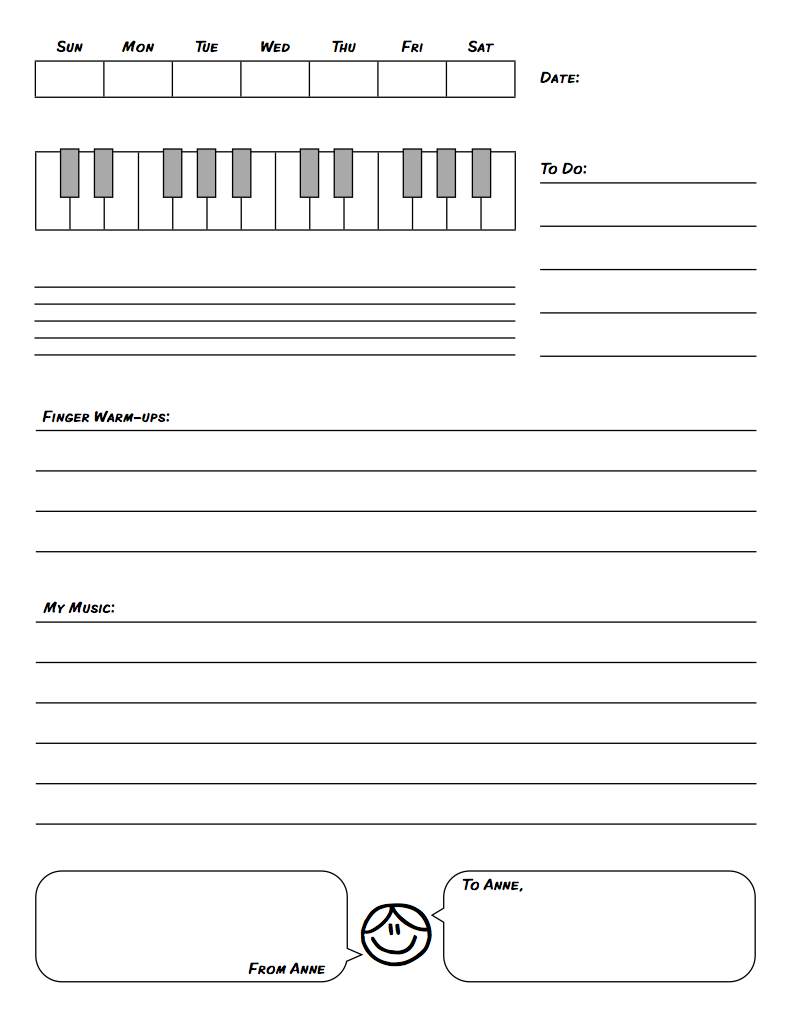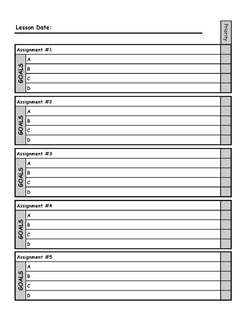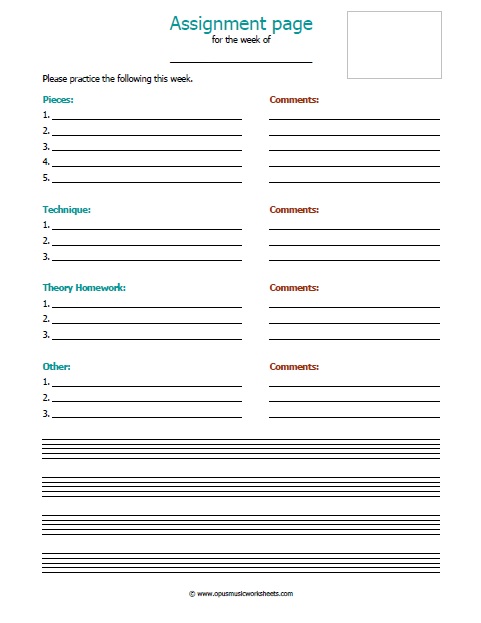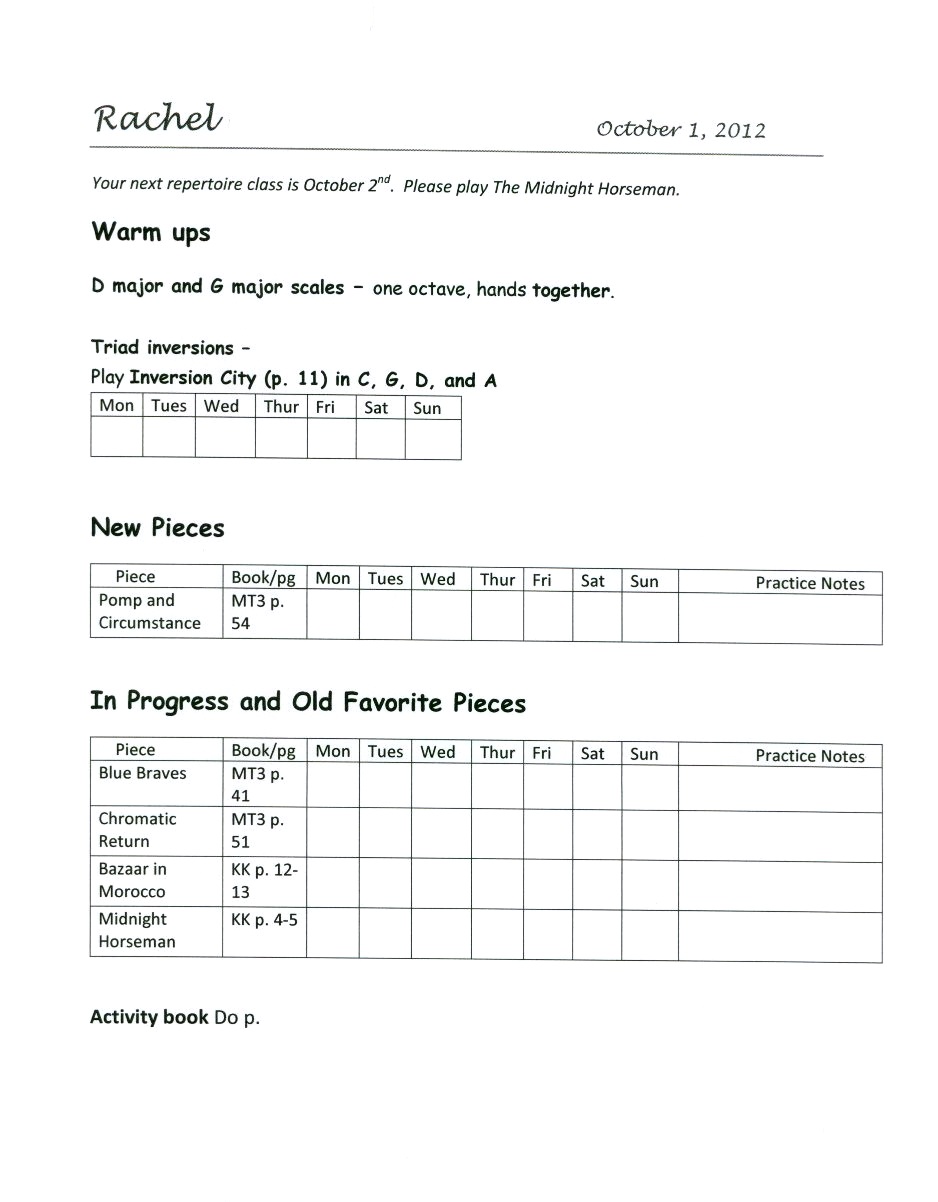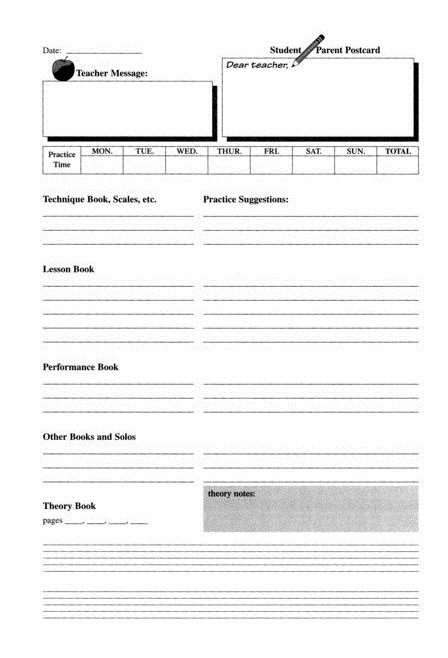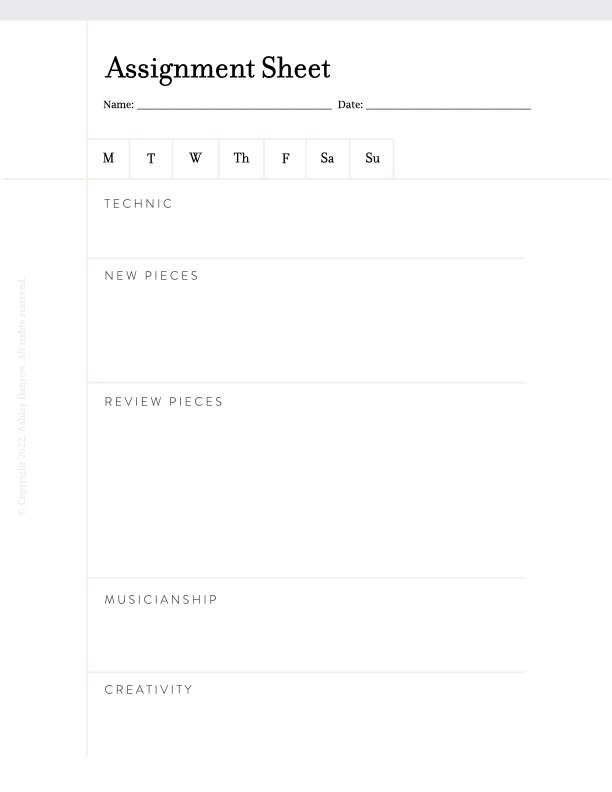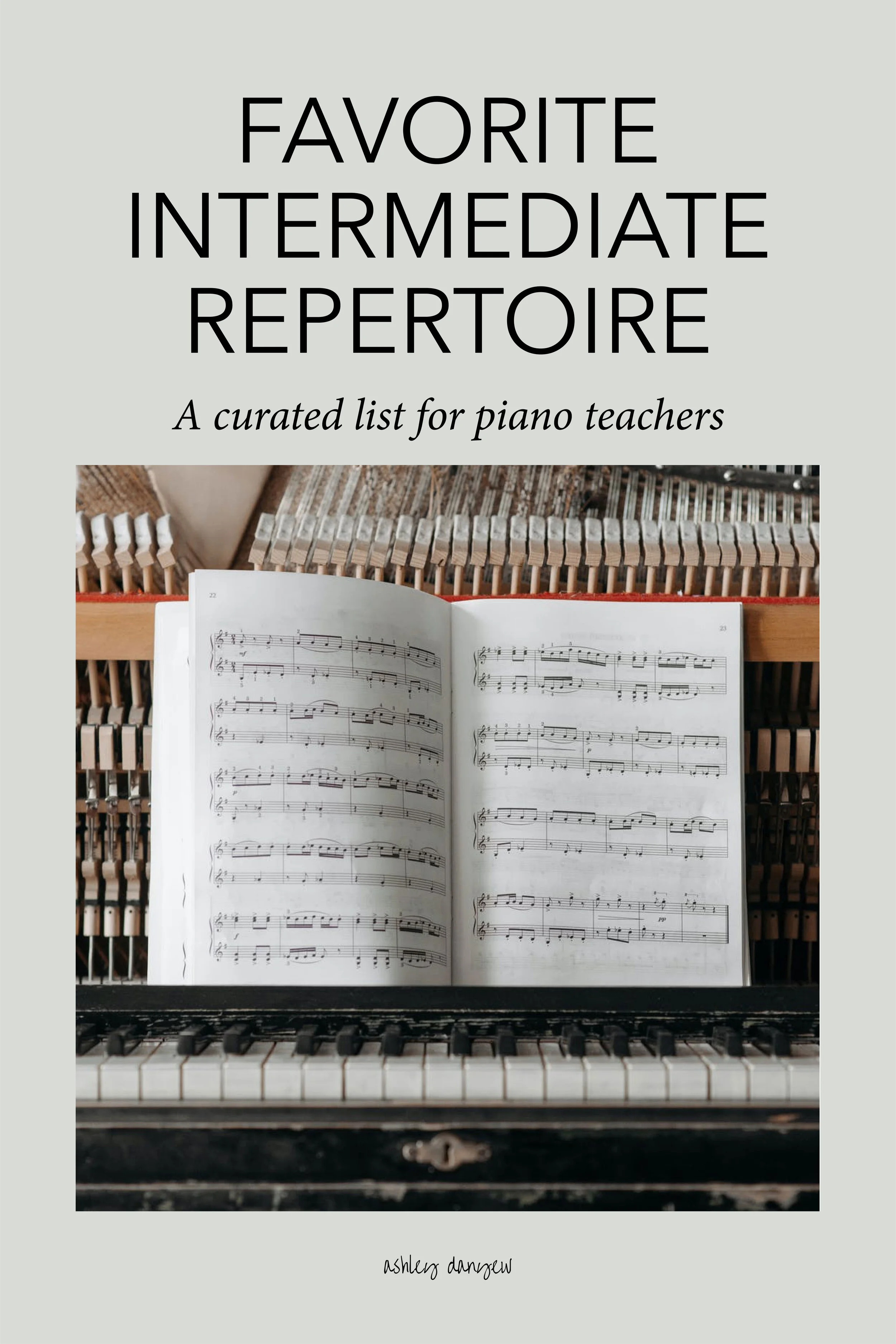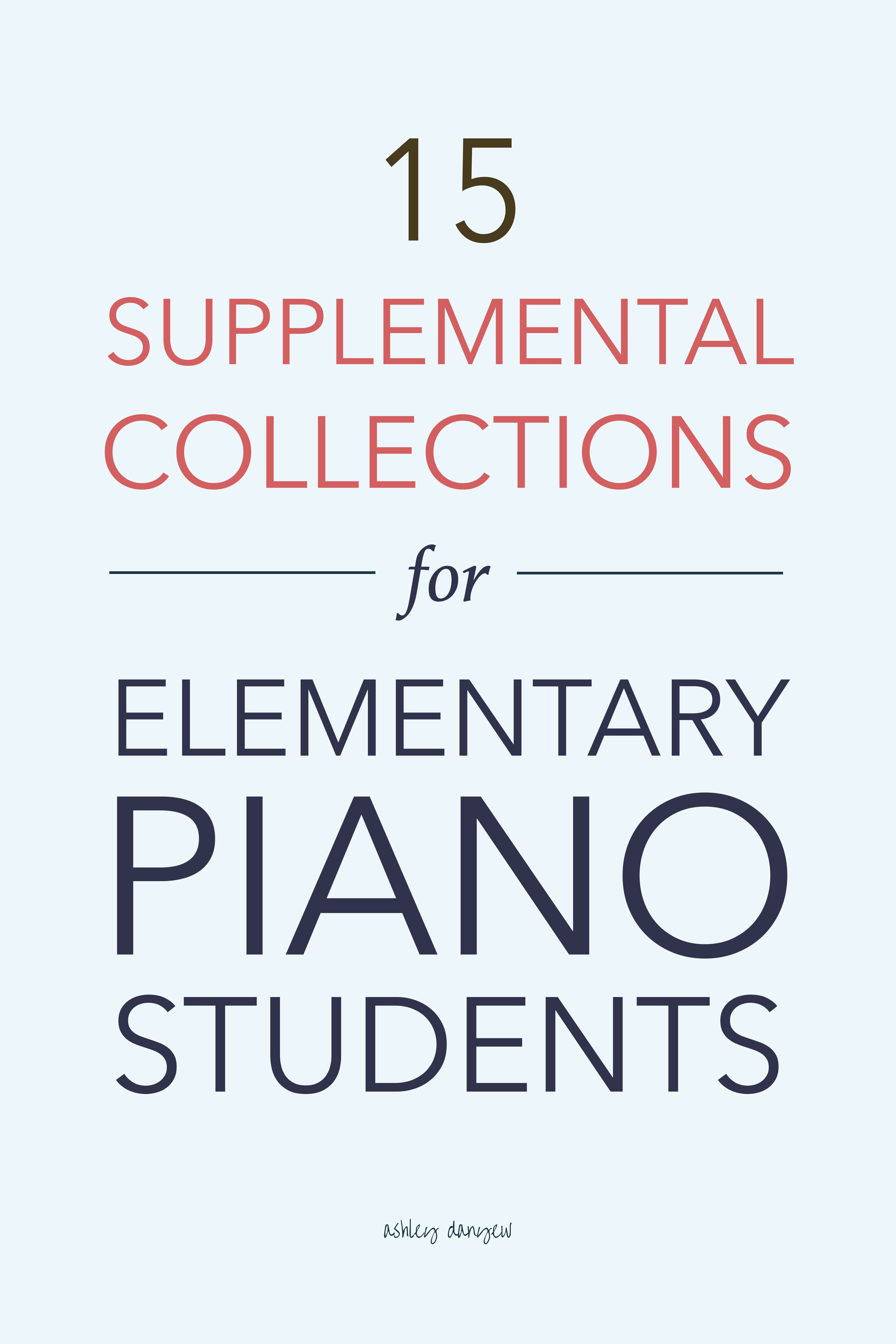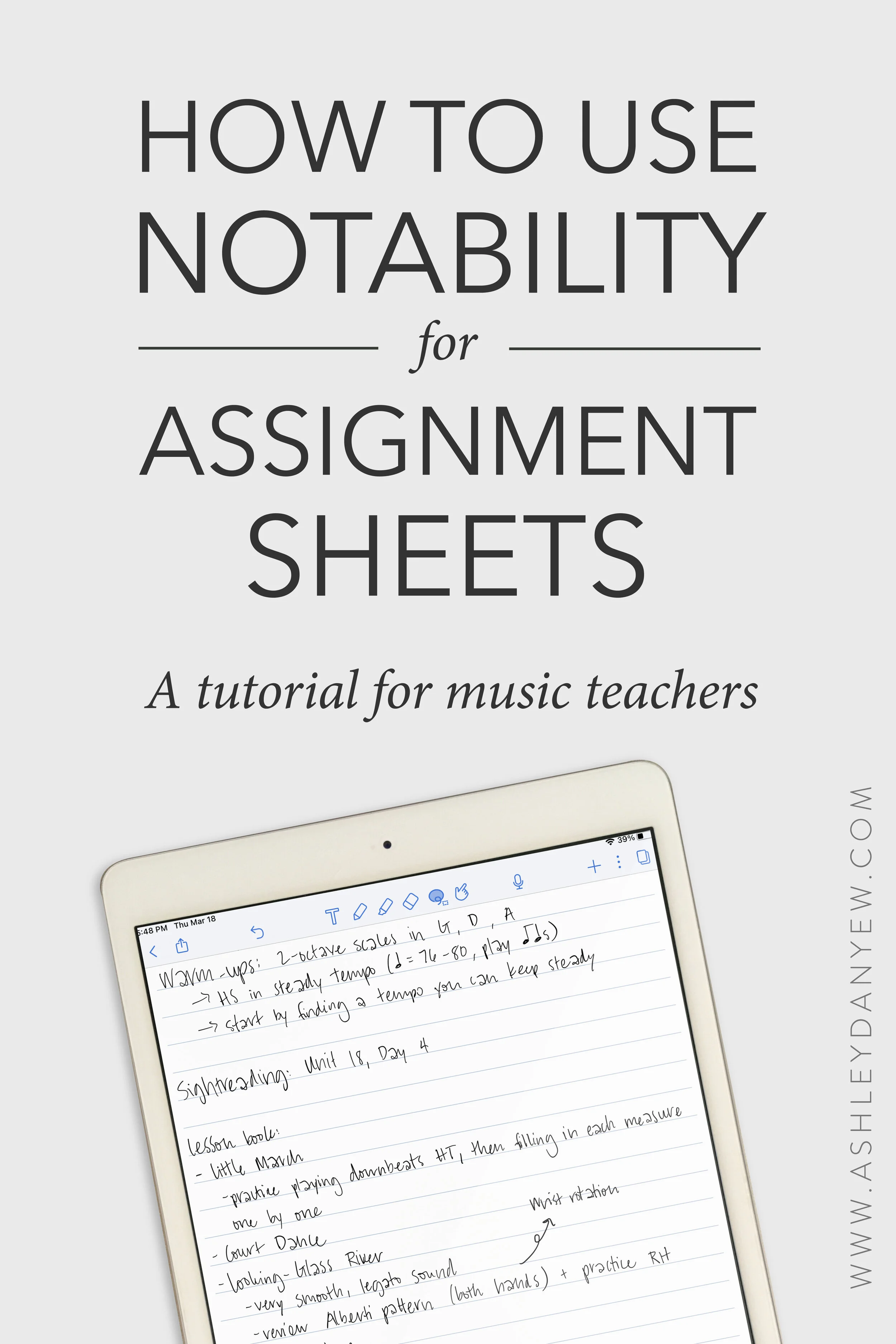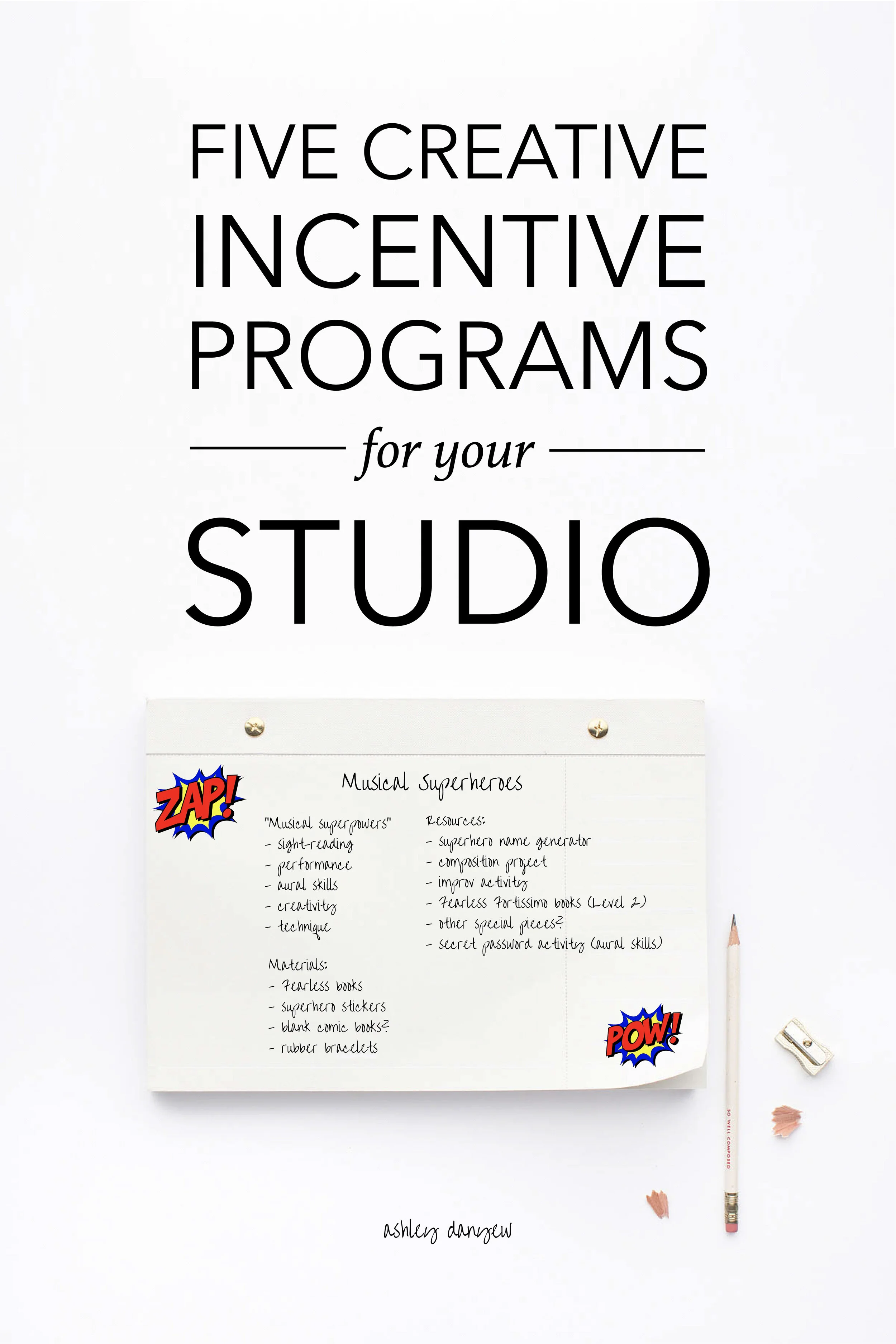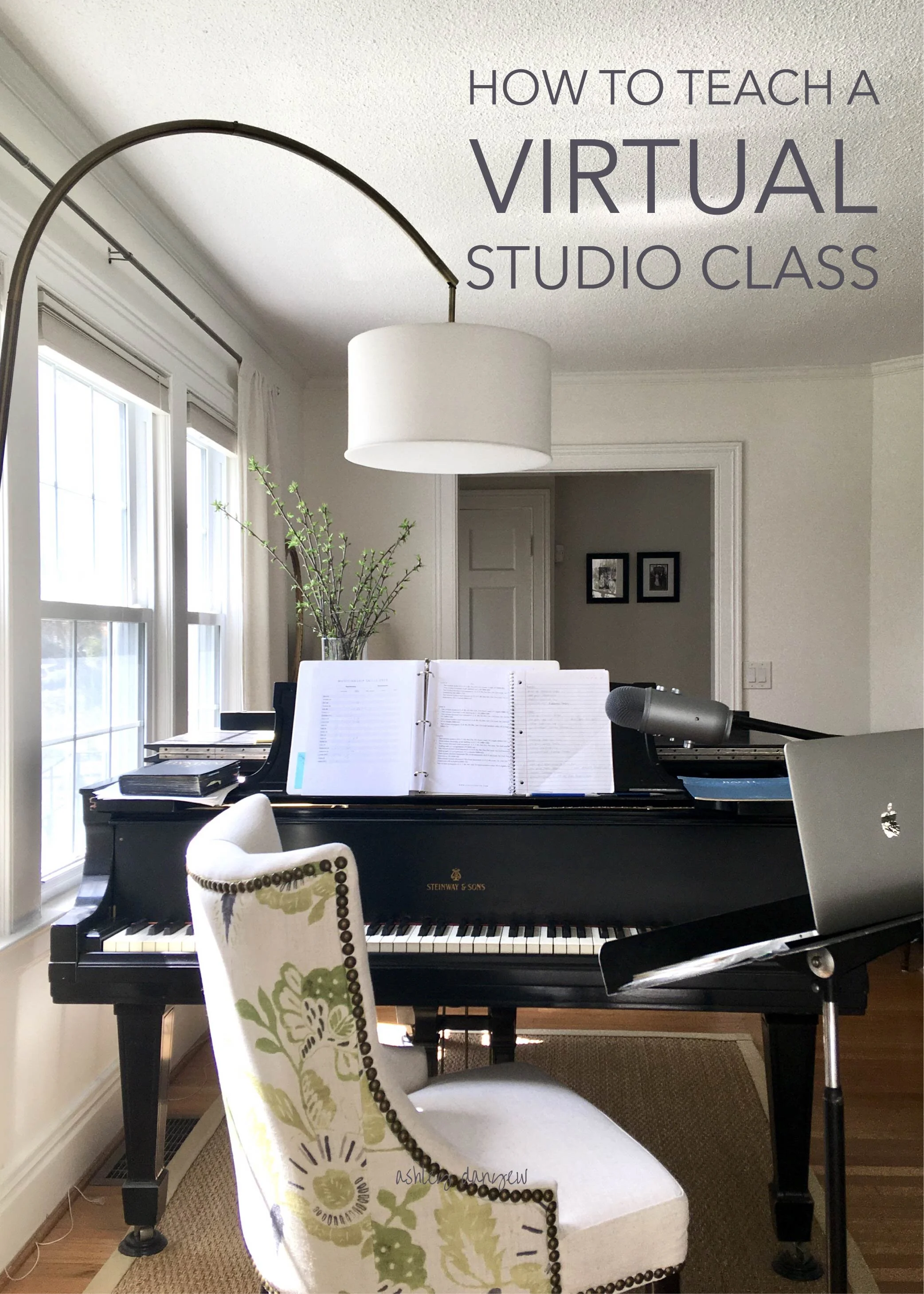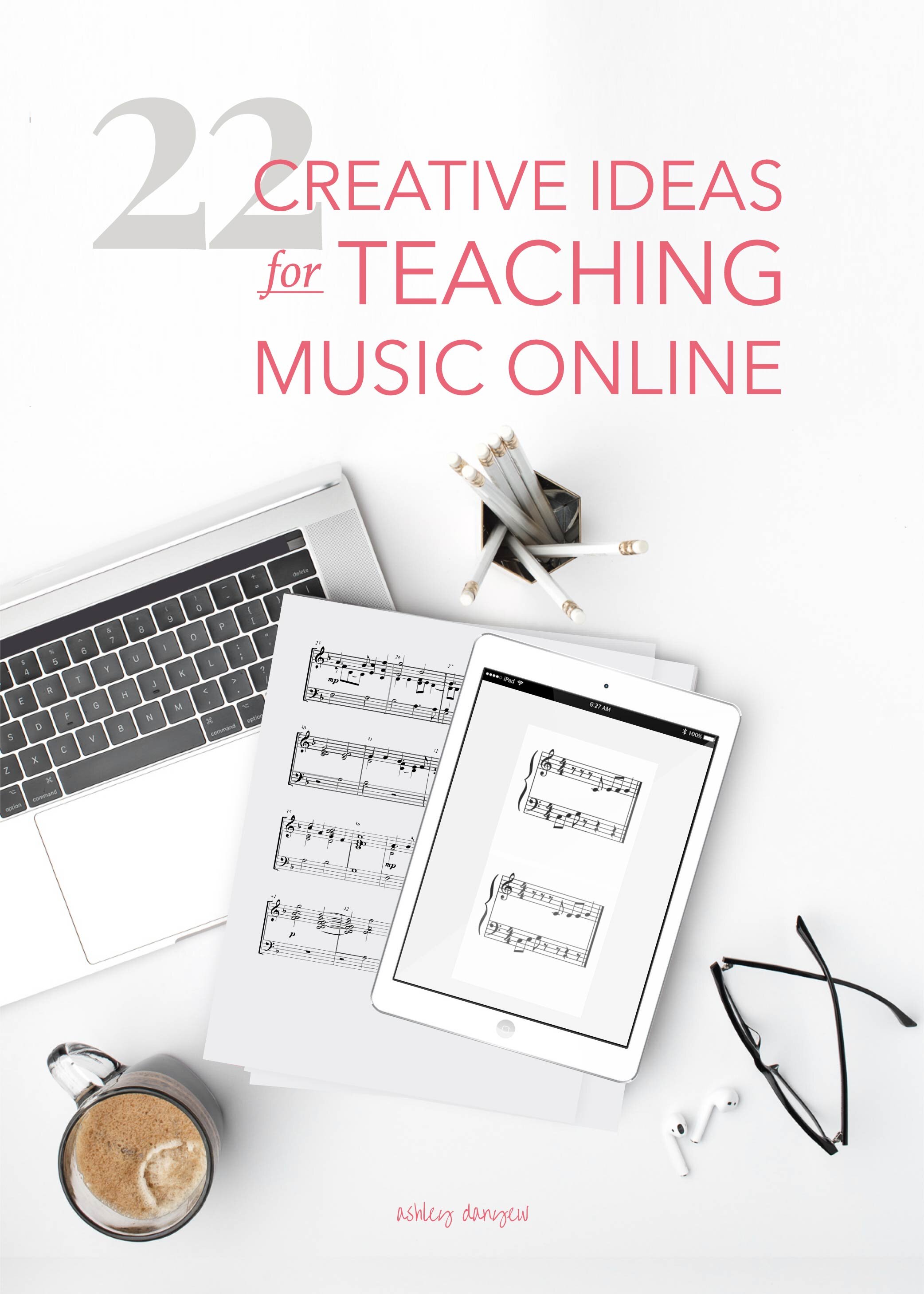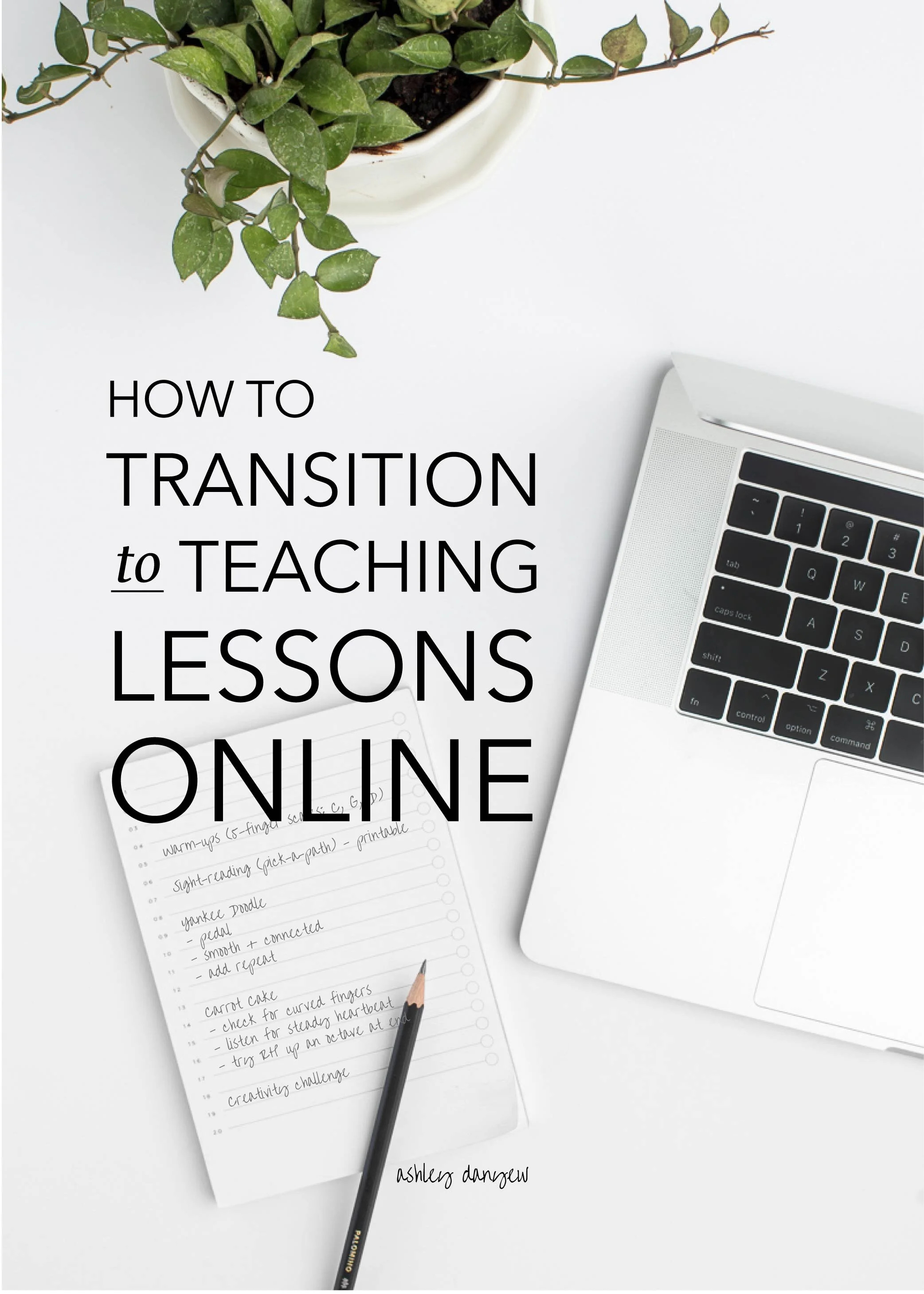As all choral accompanists know, playing from open score is a fact of life. At one point or another, you'll likely find yourself sitting at the keyboard in front of a choral score with no piano reduction, forced to muddle your way through reading four lines of music at the same time. How can you prepare? What can you do to develop this skill?
If you have the opportunity to practice in advance, there are a few things you can do:
1. Practice systematically.
This is probably the most common piece of advice you'll receive, but careful, systematic practice is a helpful first step toward developing this skill and training your eyes to read four lines of music at once. Begin by playing each part individually - soprano and alto parts with your right hand, tenor and bass parts with your left hand.
Once you've played each part, practice them in all 2-part combinations: SA, ST, SB, AT, AB, TB. Again, try to keep SA parts in your right hand and TB parts in your left.






